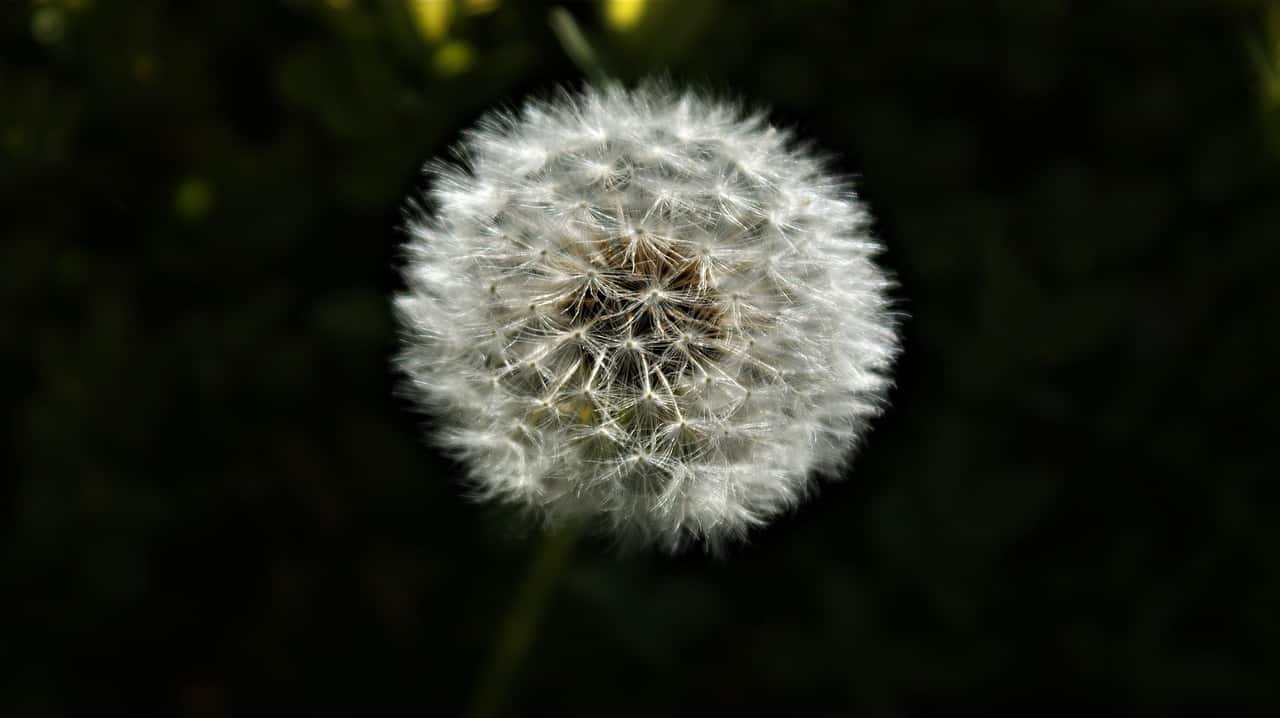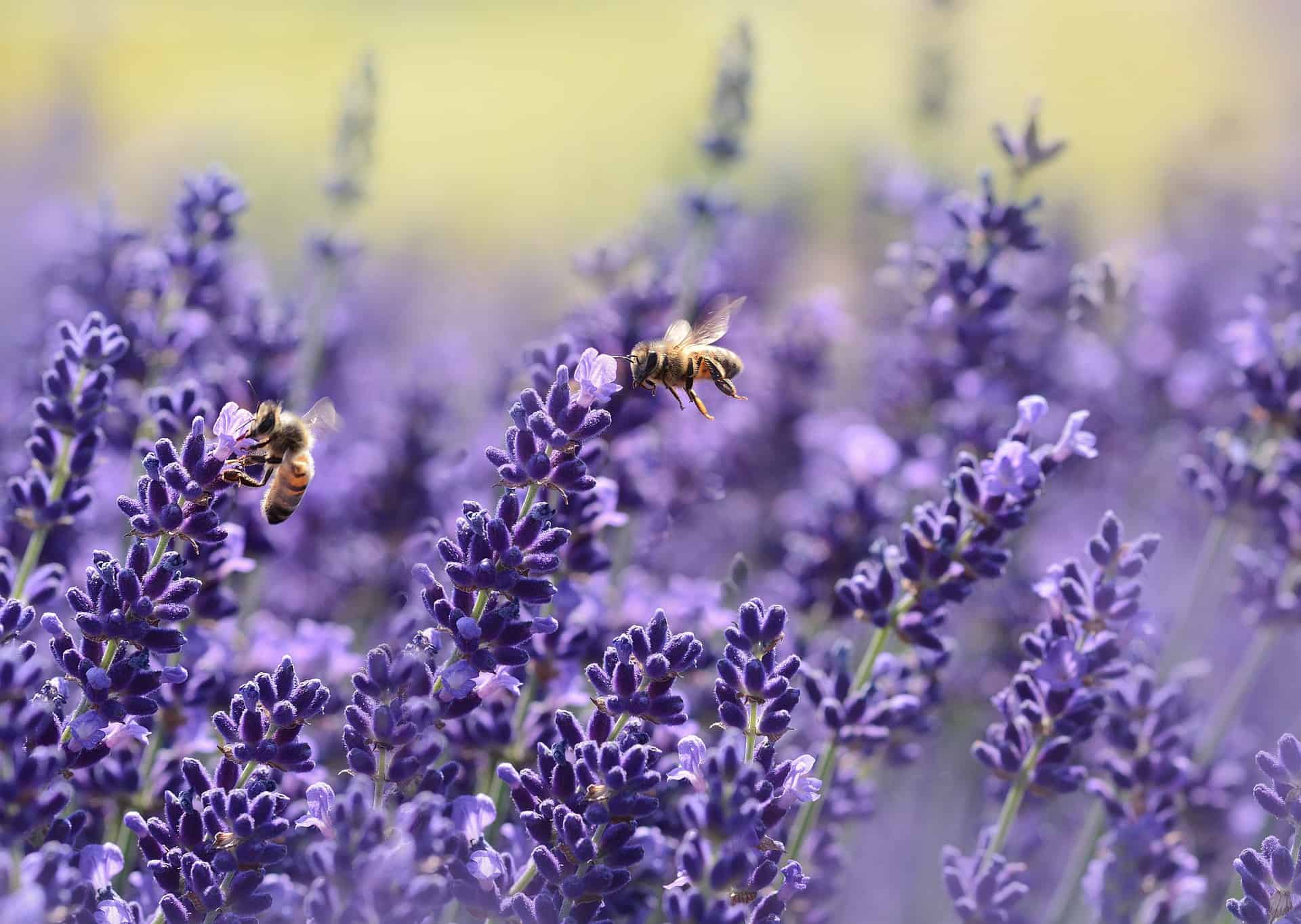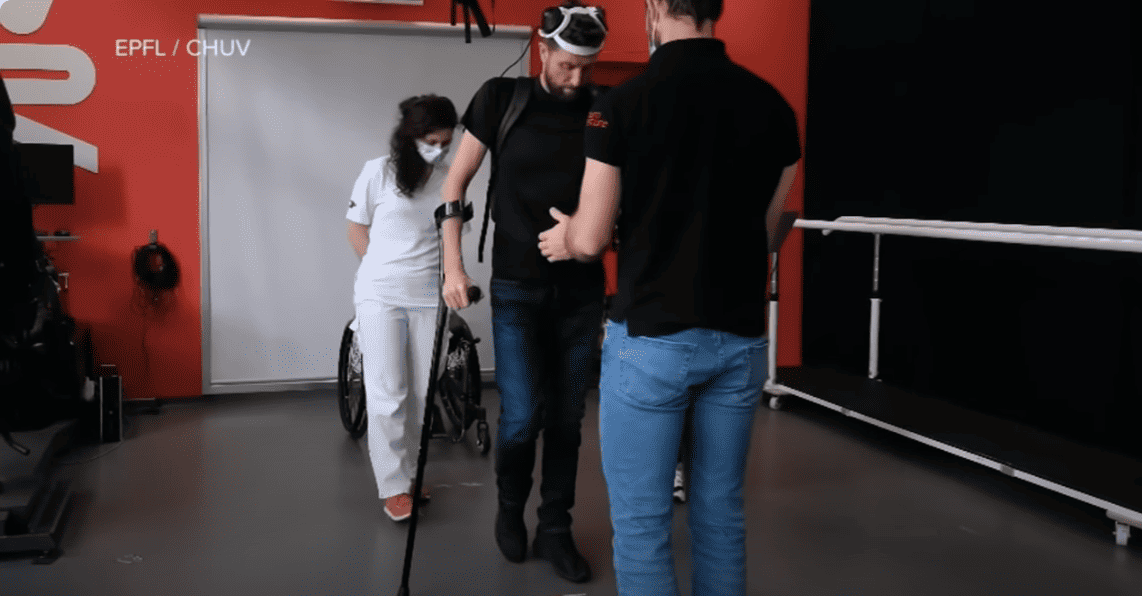
Since the start of this year, a suite of instruments has been hard at work detecting a broad spectrum of aerosols at the MeteoSwiss weather station in Payerne, Switserland. This pioneering project – a joint initiative between science and technology institution EPFL, the Swiss Federal Office of Meteorology Climatology and European partners – aims to improve pollen forecasting and to gain further insights into the critical impact that bioaerosols, smoke and dust have on cloud formation and climate, says EPFL in a press release.
- A suite of instruments detects a broad spectrum of aerosols.
- The project investigates causes of allergies, such as pollen, but also focuses on detecting wildfire smoke and other things.
Hay-fever sufferers will be acutely familiar with the Swiss Federal Office of Meteorology Climatology (MeteoSwiss) pollen maps and their shades of red and yellow. These forecasts play a vital role in guiding public-health measures, especially after Switzerland experienced record-high pollen counts this spring. In an effort to develop more detailed and accurate forecasting capabilities, various new instruments were installed at the Payerne upper air station at the start of this year. This marks the first time such instruments have been deployed simultaneously.
In addition to detecting a wider range of pollen types than in existing studies – thanks in part to the scientists’ pioneering work on vertical-laser remote sensing systems – this project is also investigating other causes of allergies and oxidative stress such as fungal spores, bacteria, dust and wildfire smoke, as well as methods to improve pollen forecasts and cloud formation.
LiDAR system for 3D measurements
A LiDAR system was set up and consists of a UV-pulsed laser coupled with a receiver telescope and electro-optical instruments. Together, these technologies detect the light reflected by particles in real time. And at night, they pick up the “glow” generated by the laser when it strikes these particles. The resulting color spectrum serves as a unique “digital fingerprint,” signaling the presence of airborne pollen, fungal spores and bacteria, as well as smoke particles and dust, by way of fluorescence-based detection. There are only four instruments of this kind currently in operation worldwide, and all of them are still highly experimental; this new one is the most advanced in terms of capacity.

Machine learning and aerosol analysis
The roof of the Payerne weather station is home to many other instruments. They’re being monitored by Sophie Erb, a PhD student at MeteoSwiss and EPFL’s Environmental Remote Sensing Laboratory, and Kunfeng Gao, a postdoc at LAPI. Erb is keeping tabs on a camera that captures photos of pollen grains and fungal spores up to ten times per second. Once processed, the 3D images are fed into a machine, which is trained to identify which type of organism the particles come from, helping to improve pollen forecast maps.
Gao, meanwhile, is measuring the concentrations and sizes of different aerosols trapped in a small vial of flowing water known as a “wet cyclone.” This capture method is preferable to a filter because it can collect dust and other insoluble particles without destroying sensitive biological particles like bacteria. The particles are then frozen so that scientists can analyze their chemical and genomic composition and determine how the particles affect human health. This information also sheds important light on the process of ice formation in clouds – and therefore on precipitation.
Wildfire smoke
The new LiDAR system can also identify the source of particles and measure quantities in the air in real time. In May and June, for instance, the instrument recorded high levels of smoke particles originating from the forest fires in Canada and the United States. More recently, the air over Switzerland became clogged with residue from the wildfires in Germany. “The health impact of these aerosols is vastly underestimated,” says Nenes, who is spearheading the project. “That’s why it’s so important to get to the bottom of what’s really happening. We’re often clueless about what’s going on right over our heads, especially when it comes to bioaerosols and smoke particles.”
Nenes hopes that one day the team’s research could help scientists develop enhanced real-time maps to inform public-health policies. But even now, the new LiDAR system could bring about a step change in forecasting capabilities. “We’ve already identified significant room for improvement in current forecasting models,” explains professor Alexandros Papagiannis. “Pollen counts change dramatically over the course of a single day, with the highest concentrations recorded in the daytime.”






